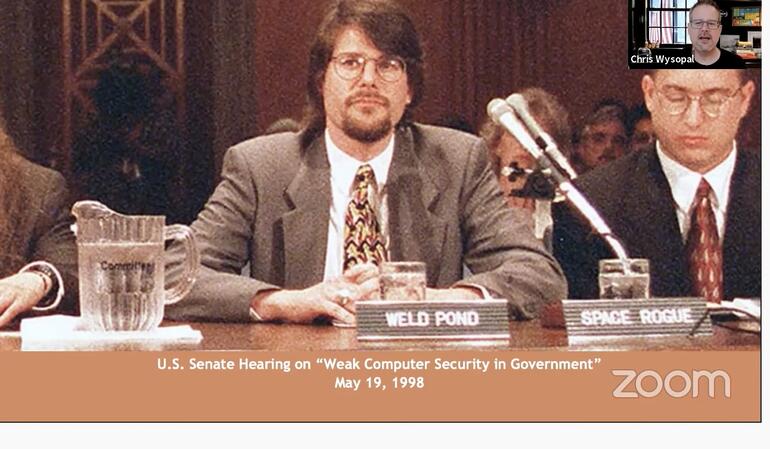App-etite for Notification: FTC Says “Welcome to the Jungle” to Mobile Health App Developers in Policy Statement on Health Breach Notification Rule | Wyrick Robbins Yates & Ponton LLP
Last week’s news that the Federal Trade Commission is taking steps to begin rulemaking on consumer privacy and artificial intelligence drew plenty of attention from privacy professionals, and suggests 2022 could be an interesting year for federal regulation of privacy and data security. But that development is only one of a series of moves the Commission has recently made in this space. In September, a divided Commission issued a Policy Statement that adopts a surprisingly broad interpretation of the FTC’s existing Health Breach Notification Rule, and suggests the FTC is seeking opportunities to use its existing authority to crack down on mobile health apps’ lax privacy and data security practices.
In that Policy Statement, the FTC takes the position that the Health Breach Notification Rule, which applies to “vendors of personal health records,” covers any mobile app that processes health information and that can draw personal information from multiple sources. The FTC also states that the Rule broadly requires notification of any unauthorized access to consumer health information, including the sharing of a consumer’s health information without the consumer’s authorization.
Mobile health app developers should take careful note of the Policy Statement’s interpretations and assess their offerings’ compliance posture accordingly.
Overview of the Health Breach Notification Rule
The FTC issued the Health Breach Notification Rule in 2009 to impose breach notification requirements on companies that process consumer health information, but are not subject to HIPAA. To that end, the Rule requires a “vendor of personal health records” to notify affected consumers and the FTC whenever “unsecured [personal health record] identifiable health information [is] acquired by an unauthorized person” as a result of “a breach of security of unsecured [personal health record] identifiable health information.” A “vendor of personal health records” is an entity that (1) is not a HIPAA covered entity or business associate and (2) offers or maintains “personal health records.”
“Personal health records” are in turn defined under the Rule as electronic…




